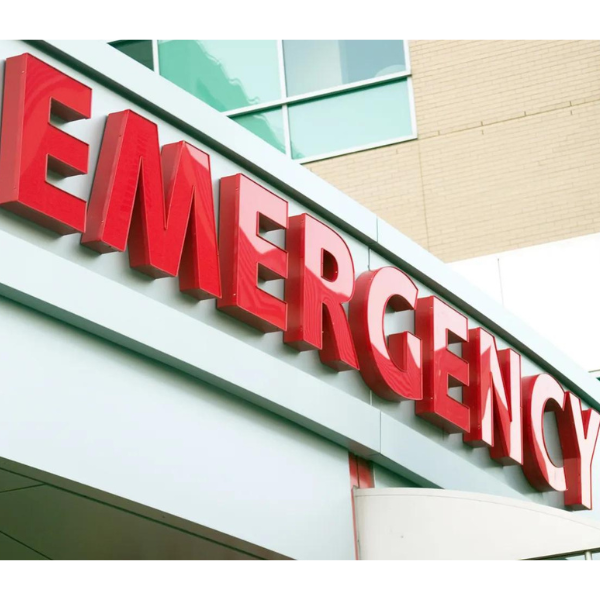
This is also known as the casualty or accident department. It is a medical facility specializing in emergency medicine and acute care for patients who are not visiting the hospital on appointment. The emergency room has all the basic tools required to treat ailments or injuries which are either minor or life-threatening. The services offered are also offered through training to police and fire vehicle users for handling accident services. Hence basic medical equipment are found in this department to provide effective medical care both during the day and at night.
Are you looking to start a clinic or a hospital? Then here's what you need to have to set up a casualty department:
Emergency Room Equipment
This multi-parameter patient monitor displays the electrical activity and rhythm of your heart in form of electrocardiograms on the screen for treatment diagnosis of the heart.
A defibrillator monitors the heart rate of the patient are two types, either automated (AED) or manual. They send an electrical pulse to restore the heart to a normal heartbeat in case of a cardiac arrest.
Adults
Pediatrics
If the defibrillation is received early enough, within ten minutes of having the cardiac arrest, it saves your life from ventricular fibrillation.
They include cast cutters for adjusting a cast that is too tight, plaster for fractured limbs, finger splints, shoulder slings, velcro wrist splints, knee immobilizers, air splints and other fiberglass materials.
Suture Tray
A tray to place the following tools during stitching to take care of a cut or laceration:
Scissors to cut sutures
A tourniquet to stop external bleeding
A gauze to clean the wound area
An antiseptic to clean the skin around the wound.
A gauge suture
A straight or curved hemostat for blunt dissection, a suture needle, and a needle driver as well as surgical drapes to surround the wound.
A scalpel with a blade cuts through skin smoothly if the wound needs to be extended to be treated.
Forceps grasp the tissue or skin during suturing on a skin wound.
Used for listening to heartbeats or respiratory rates.